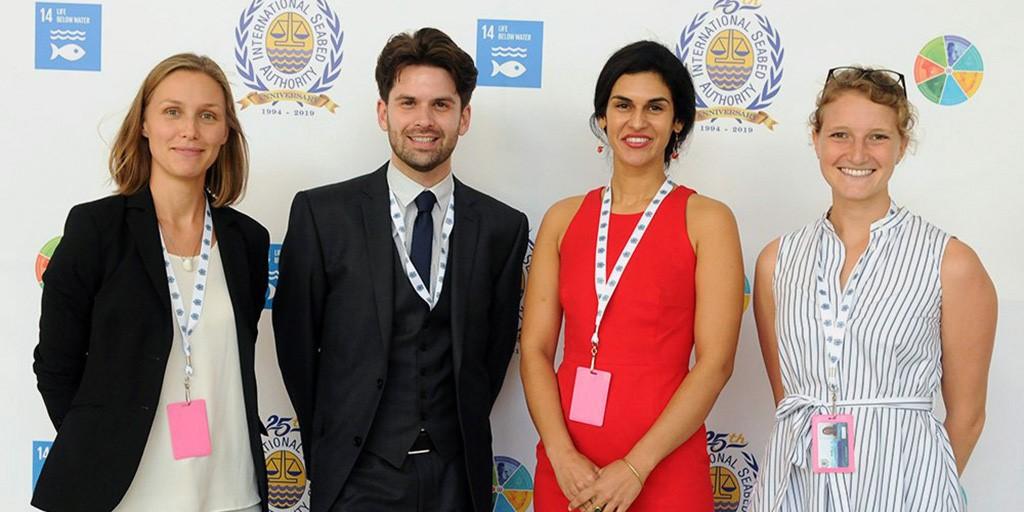
Migration’s Many Forms: Finding Creative Ways to Examine the Movement of Populations
A few years ago, two associate professors in Duke’s English Department started a reading group to explore their shared interest in human mobility and its cultural expressions. Building on their discussions, Charlotte Sussman and Tsitsi Jaji teamed up with fellow faculty members Dominika Baran, Jarvis McInnis, and Corina Stan to direct the Representing Migration Humanities Lab.
The lab received support from Humanities Unbounded, a five-year initiative funded by an Andrew W. Mellon Foundation grant.
“We were lucky to have some great graduate students as part of the group convening the lab,” Sussman says. “They made me really enjoy working collaboratively.”
Sussman is the author of Consuming Anxieties: Consumer Protest, Gender, and British Slavery, 1713–1833 and Eighteenth-Century English Literature. Based on her positive experience with the lab, she says she “started looking for different kinds of pedagogies and also opportunities for graduate students.”
Fifteen students have served as Representing Migration fellows, teaching assistants, or graduate lab assistants. Others have taken part in courses and research with faculty.
One of the lab’s projects explored Migration Memorials. Around the same time, over at the Duke Marine Lab, Cindy Van Dover’s lab was studying the impact of seabed mining. “It occurred to them that [mining] grants from the International Seabed Authority were close to the path of the Middle Passage,” Sussman says. Van Dover’s lab became interested in proposing a memorial to victims of the trans-Atlantic voyages that brought enslaved Africans to the New World.
Phillip Turner, a Ph.D. student in Marine Science and Conservation, convened a meeting with a wide range of experts, including Sussman. “They knew about the geography but were curious how the Middle Passage was recorded or memorialized,” she says.

Turner organized a coauthored article on ways to commemorate the enslaved people who came to rest on the Atlantic seabed. In 2018, he received a Graduate Student Training Enhancement Grant to attend a meeting of the International Seabed Authority, where he networked and discussed the Middle Passage project. “The project was positively received,” he reported, “and it will hopefully be discussed in more detail at subsequent ISA sessions once the manuscript has been published.”
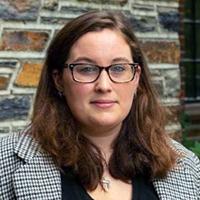
“One of the original goals of the project was to use data representing nearly 36,000 transatlantic slave voyages to see if it would be possible to map a reasonable location for a deep-sea memorial to the transatlantic slave trade,” Alexander reflected. “The promises of these data were great; we just had to figure out how to use them.”
Sussman’s Data+ team set out to locate where and why enslaved Africans died during the sea voyage and analyze patterns of these mortality rates.
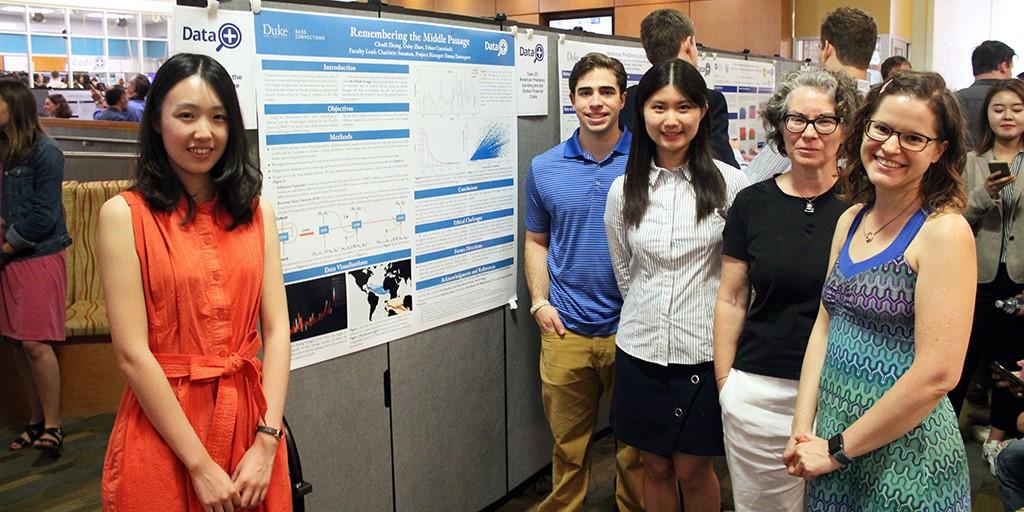
“It’s been really interesting to fill in the gaps of the Middle Passage and search for patterns,” said Chudi Zhong, a master’s student in Statistical Science. “There is a lot of missing data, and we’ve used current technology to fill gaps. For example, using the Trans-Atlantic Slave Trade Database, we can find records on how many enslaved people died. The Climatological Database for the World’s Oceans has other kinds of data for ships. We merged the two databases and found 35 matching voyages. Then we used our own model to make predictions.”
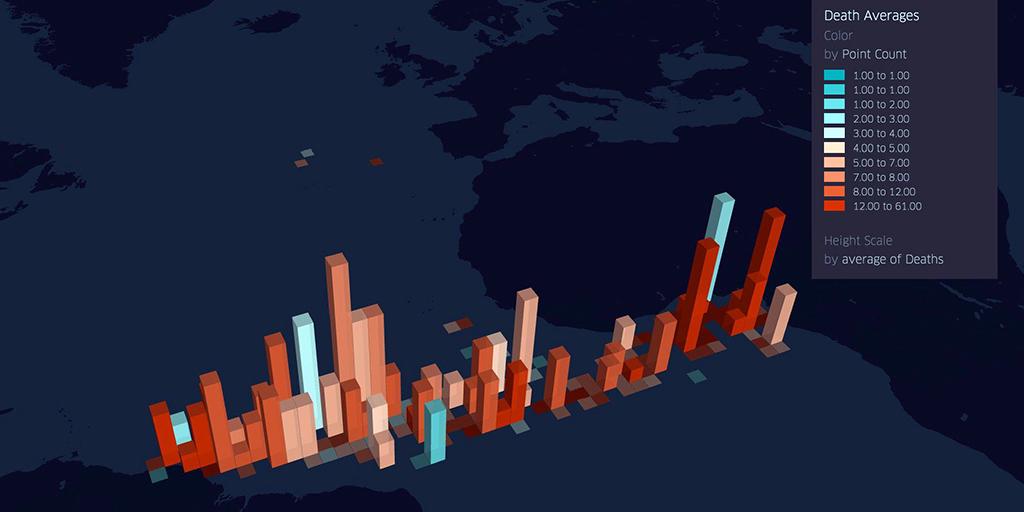
As an undergraduate majoring in Philosophy and Global Cultural Studies, Ethan Czerniecki said the Data+ project “gave me a different way of approaching these topics outside the humanities that proved to be expansive,” he said. “I wouldn’t have thought to treat these individuals as data points, but [the data science approach] opens up new areas like data visualization. Combining a humanities project with data science is really interesting, and the methodologies interact well.”
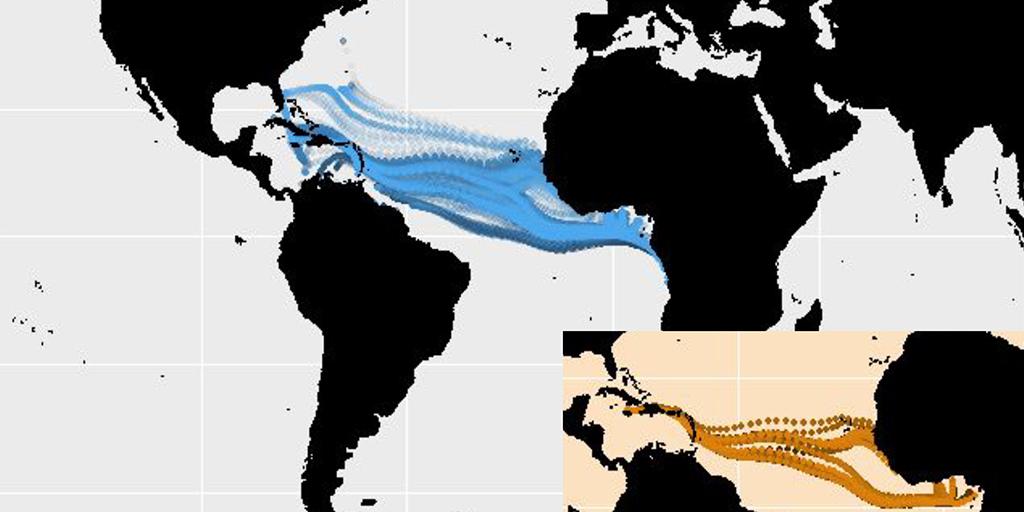
English Ph.D. student Emma Davenport served as project manager for the Data+ team. “This was my first experience in a real mentorship role,” she said. “It’s different than being part of a team doing the research. Being a mentor calls for a different set of skills and a different orientation.” Davenport is going on the job market this year. “Job committees want to see that you have a set of skills for guiding undergraduate research,” she said, “and both academic and nonacademic jobs are looking for candidates with a well-rounded skillset. I couldn’t have gotten this experience from traditional teaching and research.”
This fall, a Bass Connections project team is continuing the work of the Representing Migration lab and the Data+ project. Doctoral students in English and Romance Studies and undergraduates representing at least six majors are collaborating with faculty and librarians. Some students are creating a map showing where the deaths occurred in the Atlantic; their original data will support a proposal for the Middle Passage memorial.
Also in this academic year, six graduate and undergraduate students will serve as Representing Migration Humanities Fellows.
“I think these opportunities are really great,” says Sussman. “Duke is not a heavy teaching school, at least for English, relative to other Ph.D. programs, but I think what Duke can offer grad students is more unique. This kind of work is useful to them professionally, whether they go into academia or not.”
In addition to the opportunities she has found to engage students in research on migration, Sussman has tapped into other Duke programs as well.
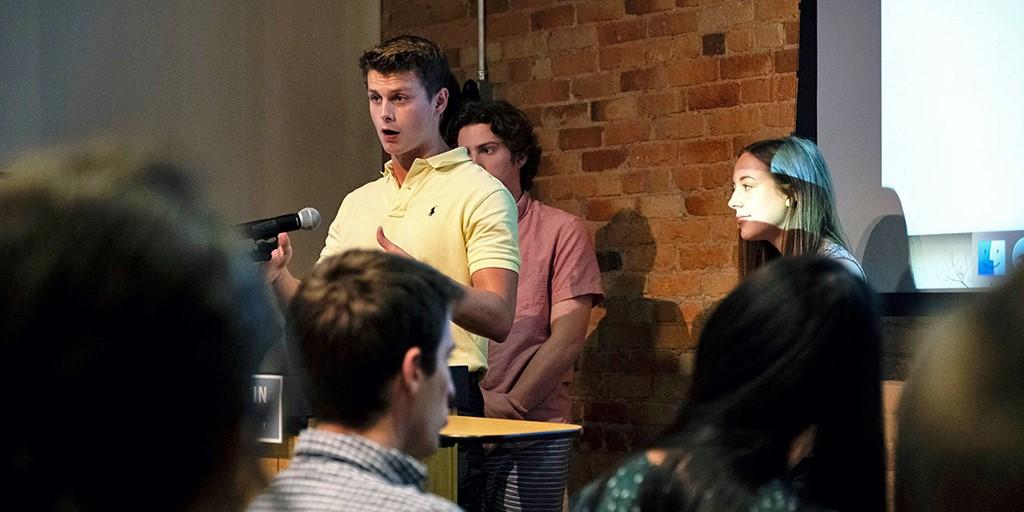
Grant Glass used a Data Expeditions grant to create a data visualization module for Sussman’s course, Queens of Antiquity. A doctoral student at UNC Chapel Hill, Glass also served as project manager on Sussman’s 2018 Data+ project, Pirating Texts, and as graduate mentor on the 2019 Story+ summer research project of the same name.
Most recently, English Ph.D. student Kimberley Dimitriadis received an Archival Expeditions grant to create a module for Sussman’s medical humanities course, Doctors’ Stories.
“Using this [kind of approach] in your classroom setting involves letting go of authority, and sometimes that works better than others,” says Sussman. “You have to be willing to let go.”
Learn more at a free lunchtime event on December 4 at the John Hope Franklin Center for Interdisciplinary and International Studies, featuring Charlotte Sussman and colleagues.
Current Opportunities and Deadlines
- Data Expeditions Spring 2020: October 10
- Collaborative Project Courses Faculty Fellowships: October 15
- Intellectual Community Planning Grants: October 18
- Projects Related to Immigration: October 28
- Faculty Teaching/Research Enhancement Grants: October 31
- Bass Connections 2020-2021 Projects: November 4
- Story+ 2020 Summer Projects: November 4
- Data+ 2020 Summer Projects: November 4
Caption for main image: Directors, teaching and graduate assistants, and fellows of the Representing Migration Humanities Lab (top row: Charlotte Sussman, Tsitsi Jaji, Domenika Baran, Jarvis McInnis, Corina Stan; second row: Sasha Panaram, Karen Little, Sonia Nayak, Catherine Le